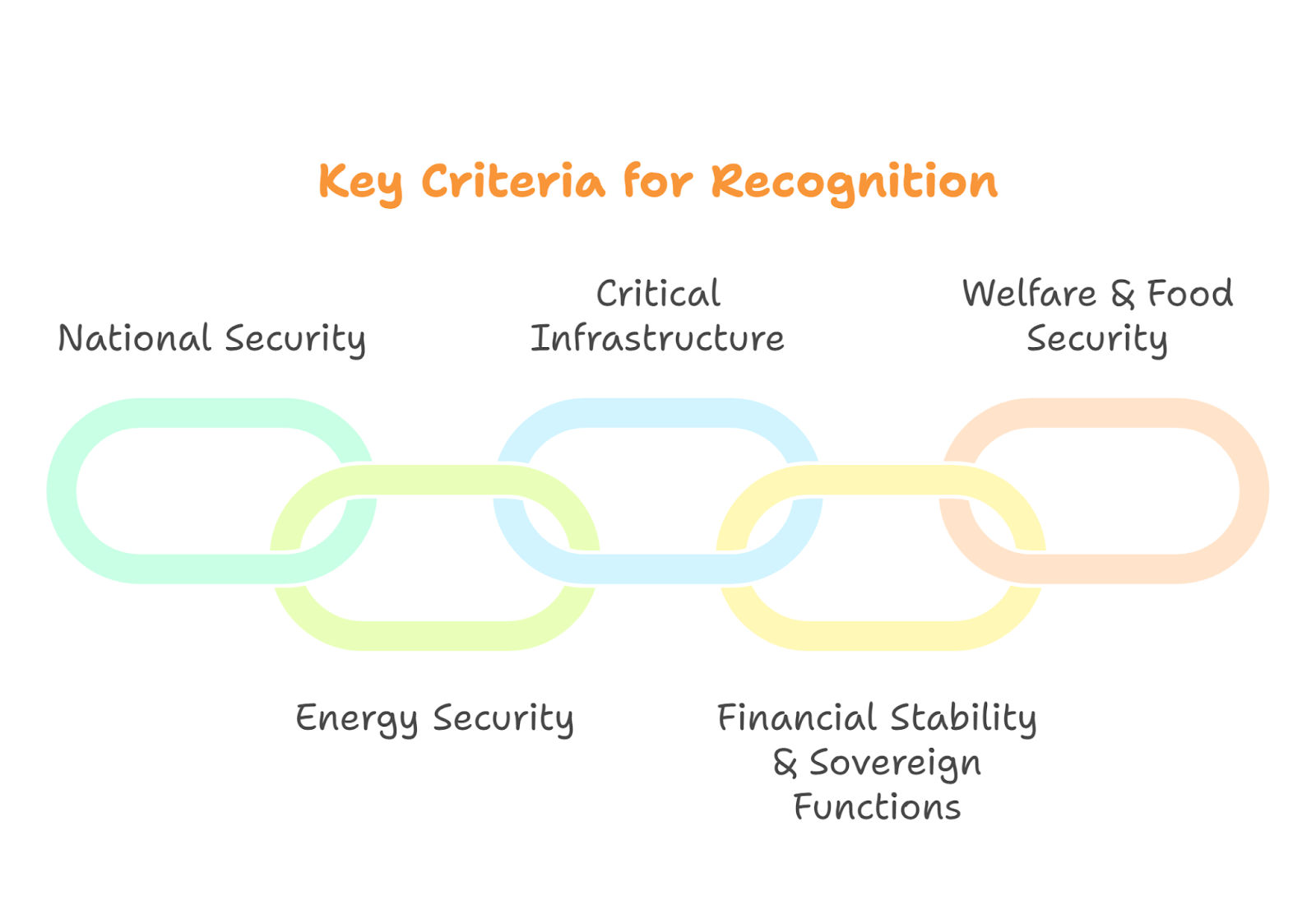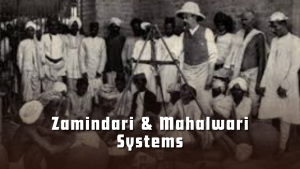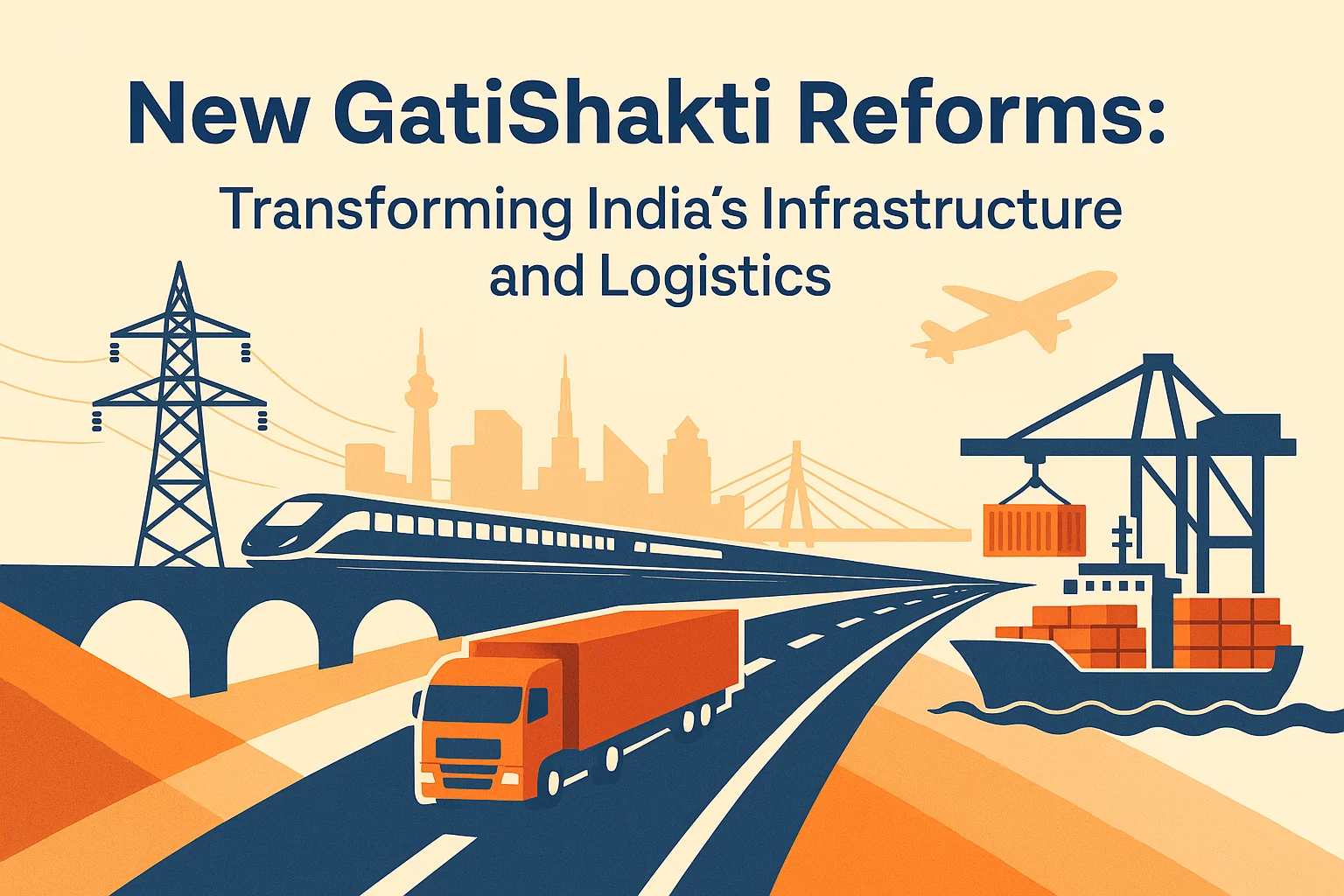Font size:
Print
Fertiliser Sector as Strategic
Context: A Parliamentary Standing Committee on Chemicals and Fertilisers has strongly contested the Finance Ministry’s classification of the fertiliser sector as ‘non-strategic’.

What is a strategic sector?
- A strategic sector is one that is considered critical for a nation’s long-term security, economic stability, and sovereign interests. These sectors are deemed too important to be left entirely to market forces or private control, and the government retains a presence in them to safeguard national objectives.
- Under the 2021 policy, the government identified four broad strategic sectors:
- Atomic Energy, Space and Defence
- Transport and Telecommunications
- Power, Petroleum, Coal and other minerals
- Banking, Insurance and Financial Services
- In these sectors, the government will retain a minimum of one to a maximum of four PSUs; any other PSUs in these sectors can be privatised.
- All sectors outside this list are considered ‘non-strategic’ and are open to privatisation, closure, or merger.
What are the benefits of strategic sectors?
- Safeguarding National Interest: It ensures that decisions in these critical sectors are aligned with long-term national goals (like security or food sovereignty) rather than short-term profit motives.
- Ensuring Stability and Continuity: Government presence provides stability in the supply of essential goods and services (e.g., power, fuel, food, banking) even during economic downturns or global crises, preventing market failures.
- Price Moderation and Control: PSUs can act as a balancing force against private cartelisation and price gouging in essential commodities, helping to keep prices affordable for the common citizen (e.g., subsidised fertilisers, LPG cylinders).
- Building Self-Reliance: Strategic PSUs can be directed to invest in R&D and build domestic capacity in areas where the private sector may be hesitant due to high risk or long gestation periods (e.g., defence manufacturing, nuclear technology).
- Managing Crisis Situations: During emergencies like wars, pandemics, or global supply shocks, the government can directly mobilise the assets and production capacities of strategic PSUs for an effective national response.
Why should the fertiliser sector be brought under the strategic sectors?
The parliamentary committee has put forth a compelling argument for reclassifying the fertiliser sector as strategic, based on the following reasons:
- Direct Link to Food Security: Fertilisers are a direct input for agricultural production. Any disruption in their availability or a sharp spike in prices directly threatens India’s food security and farmers’ livelihoods, making it a sovereign concern.
- Critical Import Dependency: India imports 90% of its potash and phosphate needs and 25% of its urea. This exposes the country to significant vulnerability from global price volatility (as seen post the Russia-Ukraine war) and geopolitical supply disruptions. Strengthening domestic PSUs is key to reducing this dependency.
- Role in Price Stabilisation: Fertiliser PSUs are crucial instruments for the government to implement its subsidy policy (Nutrient Based Subsidy regime) and ensure that fertilisers reach farmers at affordable, controlled prices, preventing exploitation by private monopolies.
- Proven Turnaround and Contribution: Contrary to the finance ministry’s claim, PSUs like FACT have become profitable, and new JVs have added 7.62 MT to domestic urea capacity. This demonstrates their potential to enhance self-reliance rather than being a fiscal burden.
- Disaster Resilience: As seen during the COVID-19 pandemic and global supply chain crunches, having a strong domestic public sector capacity ensures a steady supply of this critical agricultural input, making the economy more resilient to external shocks.



